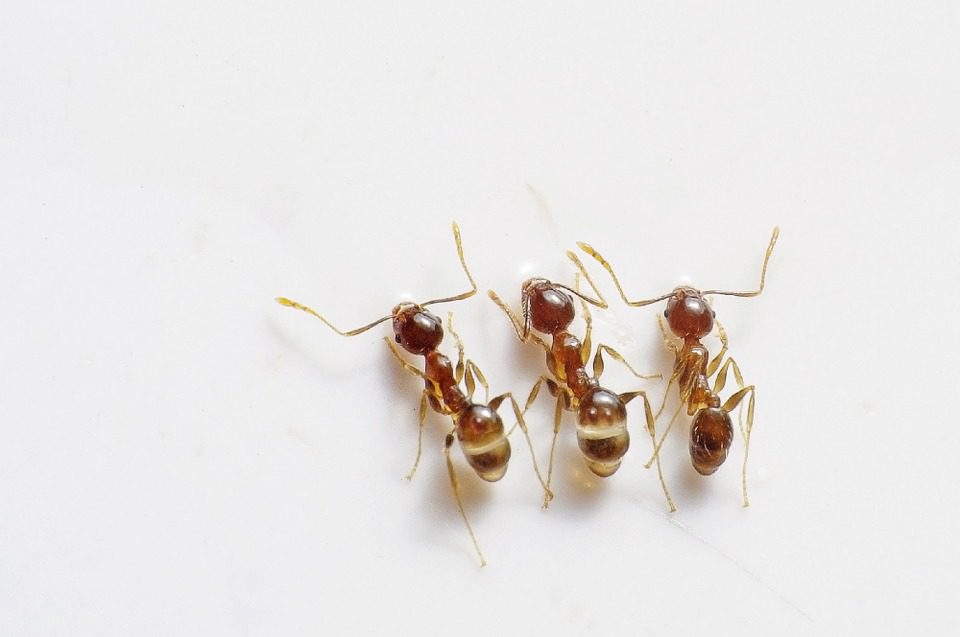While sniffer dogs are famous for their detecting abilities, a recent study reveals that ants may learn to recognize malignant cells far more quickly than their four-legged counterparts. The latest research, issued in the journal iScience, demonstrates that after only 30 minutes of instruction, the insects can distinguish between cancerous and normal cells, even between various forms of cancer.
The creation of non-invasive, cost-effective cancer detection procedures is a significant public health issue, hence why researchers have started seeking the assistance of animals with very sensitive noses. That’s because cancer cells undergo a metabolic alteration that leads to the generation of particular volatile organic compounds (VOCs) that may be detected by organisms with suitably advanced olfactory apparatus.
According to the experts, ants are on a par with dogs in terms of detecting skills and can be educated in a couple of minutes to execute activities that may take a dog an entire year to master.
The scientists wanted to teach an ant species named Formica fusca to recognize malignant cells. To do this, scientists mixed breast cancer cells among healthy cells in a petri plate but added a sweet treat beside the diseased cells.
The ants were more adept at locating the reward over time, showing that they had developed an ability to distinguish the VOCs generated by malignant cells and used them as a lighthouse to direct them to the sweet pleasure. After three repetitions of this experiment, the scientists opted to try it without the treat and discovered that the ants kept making a beeline for the malignant cells, indicating that they recalled the scent of all these cells and their prior relationship with the sweet treat.
The research suggests that employing ants as living instruments to identify indicators of human cancer is viable, faster, and less arduous than using other organisms.













Leave a Reply